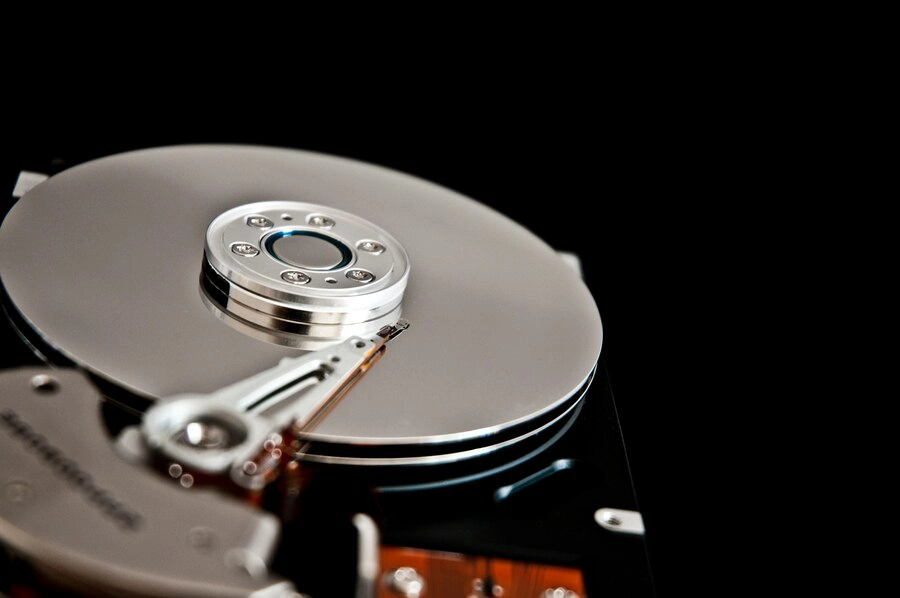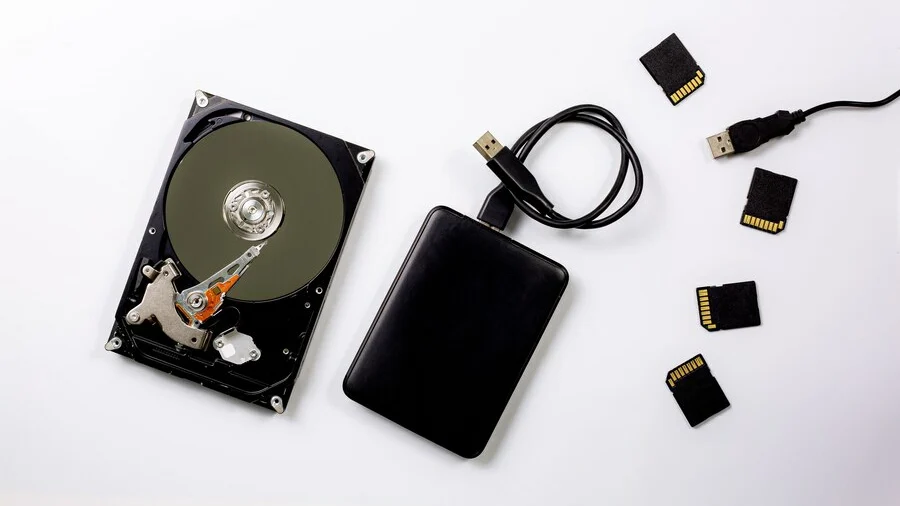DiskSlim is a smart tool developed to help users free up their respective device memory by eliminating useless materials and managing storage effectively. It performs a thorough analysis of your system and looks for the junk, temporary files, and anything that takes up your device’s space and is of no functional use so that it can be removed in order to enhance its utility and efficiency and create room.
Thus in this article, we will show you how to set up DiskSlim on Windows, Mac, and also Linux operating systems and, more importantly, explain how you can make it ready for use.
Why Choose DiskSlim for Your Device?
DiskSlim stands out for its ability to:
- Free up space by removing junk files, caches, logs, and temporary files.
- Boost system performance by reducing unnecessary data storage.
- Provide an easy-to-use interface, making it accessible for both beginners and advanced users.
- Safely clean your system with options for previewing deletions before they happen.
By choosing DiskSlim, you’re investing in an easy way to maintain your device’s health and efficiency.
System Requirements for DiskSlim Installation
Before you begin installing DiskSlim, ensure that your system meets the following requirements:
For Windows:
- Windows Requirements:
- OS: Windows 7, 8, 10, or 11 (64-bit)
- CPU: 1 GHz or higher
- Memory: Minimum of 2GB
- Storage: At least 100 MB free hard drive space
- Requires .NET Framework 4.7 or higher {if applicable}.
For macOS:
- OS: 10.12 Sierra or better.
- Processor: Intel or Apple silicon chips (M1, M2, etc.)
- Memory: At least 2GB of RAM
- Storage space: 100 MB free hard drive space
For Linux:
- OS: Ubuntu 20.04 or better (works with other OSs like Debian and Fedora as well)
- CPU: 1 GHz or higher
- Memory: Minimum of 2GB
- Storage: At least 100 MB free hard drive space
- Other Dependencies: Python 3.x, GTK 3.x, and libgnome
Preparing for DiskSlim Installation

Before installing, ensure that:
- Make sure to carry out a file backup: Even though DiskSlim has been built to operate with no risks in the system’s file removal, it is definitely safe to do a file backup in advance.
- End any active programs that are not important: All active programs need to be ended so that the install proceeds without any problems.
- Turn off antivirus for a short period of time (optional): This is possible because many antivirus programs will recognize this action and will not permit the user to proceed with the installation.
Downloading DiskSlim Software
- In order to visit the official DiskSlim website, go to www.diskslim.com.
- Click on the Downloads section.
- Choose the suitable version for your operating system (Windows, macOS, or Linux).
- Activate the download link to begin the process of downloading.
Installing DiskSlim on Windows
- Locate the installer: Once the download is complete, open the folder where the installer is located.
- Run the installer: Double-click the downloaded .exe file to begin installation.
- Follow the on-screen instructions:
- Choose your preferred language.
- Accept the license agreement.
- Select the destination folder where DiskSlim will be installed (you can leave it as default).
- Install the software: Click Install to begin the process. It should take only a few moments.
- Launch DiskSlim: Once installation is complete, click Finish to launch the program.
Installing DiskSlim on macOS

- Locate the downloaded file: Look for the .dmg file that you had previously downloaded.
- Open the disk image: Open the .dmg file by double-clicking it.
- Copy DiskSlim to the Applications: When the disk image opened, drag and drop the DiskSlim app picture into the Applications folder.
- How to Start DiskSlim: Find DiskSlim in the Applications folder and double-click it to run the program.
Installing DiskSlim on Linux
- Download the installation package: Depending on your distribution, you can download the .deb or .rpm package.
- Install the package using the terminal:
- For Debian/Ubuntu:
bash
Copy code
sudo dpkg -i diskslim.deb sudo apt-get install -f # to fix any dependency issues - For Fedora/CentOS/RHEL:
bash
Copy code
sudo rpm -ivh diskslim.rpm
- For Debian/Ubuntu:
- Install dependencies: If needed, install any dependencies, such as Python 3 or GTK 3.
- Launch DiskSlim: Once installation is complete, open your application menu and search for “DiskSlim” to launch it.
Common Installation Issues and Fixes
- Windows: If you encounter a “file is blocked” error, try disabling your antivirus software and running the installer as an administrator (right-click and select Run as administrator).
- macOS: If the application won’t open, go to System Preferences > Security & Privacy > General and click Allow Anyway for DiskSlim.
- Linux: Missing dependencies can often be fixed with the following command:
bash
Copy code
sudo apt-get install python3-gtk libgnome
Post-Installation Setup

Once DiskSlim is installed, you may want to customize it to fit your needs:
- Configure Cleanup Options: Choose which types of files (system logs, caches, browser history, etc.) you want to remove.
- Schedule Cleanup: Set up DiskSlim to clean your system automatically on a regular basis.
- Enable Notifications: Receive notifications when cleaning is complete or when your system storage is getting full.
Customizing DiskSlim Settings
- Open Settings: Click the gear icon or navigate to the Settings menu.
- Set Cleanup Preferences: Choose which areas of your system to scan (temporary files, system logs, browser caches, etc.).
- Manage Auto-Cleanup: Set a frequency for automatic cleanups (e.g., weekly, monthly).
- Notification Preferences: Turn on/off notifications for completed cleanups or system status.
Using DiskSlim to Clean Up Your Device
- Run a scan: Click Scan to allow DiskSlim to detect unnecessary files on your system.
- Review the scan results: DiskSlim will show you a list of detected files that can be deleted.
- Preview Files: You can preview the files before deciding to delete them.
- Clean Up: Click Clean to remove the selected files and free up space.
Maintaining DiskSlim Performance
- Keep DiskSlim updated: Regular updates improve functionality and add new features. Enable auto-updates or check for updates periodically.
- Run regular cleanups: Make cleanup a regular habit to keep your system optimized.
- Monitor disk usage: DiskSlim offers real-time monitoring of storage, so keep an eye on your device’s health.
Uninstalling DiskSlim

If you need to uninstall DiskSlim:
- Windows:
- Go to Control Panel > Programs > Uninstall a Program.
- Find DiskSlim in the list, right-click it, and select Uninstall.
- macOS:
- Drag the DiskSlim app from the Applications folder to the Trash.
- Linux:
- Use your terminal:
- For Debian/Ubuntu:
bash
Copy code
sudo dpkg -r diskslim - For Fedora:
bash
Copy code
sudo rpm -e diskslim
- For Debian/Ubuntu:
- Use your terminal:
Conclusion
DiskSlim plays a significant role in the storage management of a system and keeps your device healthy by eliminating worthless content. In this tutorial, we will provide instructions for installing, configuring, and using DiskSlim on Windows, OS X, or Linux in an easy and stress-free manner.
FAQs
Is DiskSlim safe to use?
Yes, DiskSlim is designed to safely clean your system without affecting important files. Always preview files before deletion.
Can I schedule automatic cleanups?
Yes, DiskSlim allows you to schedule cleanups at regular intervals.
Does DiskSlim support all file types?
DiskSlim supports most temporary and system files, including caches, logs, and browser history.






